At 6:15 a.m. on September 7, in Ha Long City ( Quang Ninh ), there was heavy rain and the wind began to get stronger, around level 5, level 6, gusting to level 7, level 8. The local meteorological agency said the amount of rain measured last night in Ha Long until this morning was about 50mm.
The impact of the storm circulation may continue to cause heavy rain and localized flooding in some low-lying areas in Ha Long City.
According to Dan Tri reporters in Cam Pha - Quang Ninh early this morning, the weather started to have heavy rain, strong winds and trees fell on the road.
In Ha Long, there was rain and gusty winds early in the morning. There were few people on the streets.
Mr. Nguyen Van Thang (a fisherman in Ha Long City) said that to ensure safety, his family's fishing boat was brought to a storm shelter in the Nui Beo coal mine area from the morning of September 6.
"Following the news, we saw that this storm was very big, with strong winds that could sweep away everything on the road, so our family immediately rushed to shore," said Mr. Thang.
In Van Don, Quang Ninh, the wind was not too strong but many small trees had broken branches, were uprooted, and fell onto the road.
At the same time, in Hanoi it is raining and windy.
The National Center for Hydro-Meteorological Forecasting said that as of 6:00 a.m. on September 7, the center of the storm was located at about 20.4 degrees North latitude; 108.3 degrees East longitude, 160km from the coast of Quang Ninh - Hai Phong .
The strongest wind near the storm center is level 14 (150-166km/h), gusting to level 17. It is forecasted that in the next 3 hours, the storm will move in a West Northwest direction, at a speed of about 15-20km/h.
According to the National Center for Hydro-Meteorological Forecasting's bulletin on Typhoon Yagi, at 5:00 a.m. on September 7, the center of Typhoon Yagi was located at about 20.4 degrees North latitude; 108.5 degrees East longitude, in the Gulf of Tonkin; 190km East Southeast of the coast of Quang Ninh - Hai Phong.
The strongest wind near the storm center is level 14 (150-166km/h), gusting to level 17. It is forecasted that in the next 3 hours, storm Yagi will move in a West Northwest direction, at a speed of about 15-20km/h.
At 4:00 p.m. on September 7, the center of storm Yagi was located on the mainland in the Northeast. The strongest wind near the center of the storm was level 11, gusting to level 13, moving in the West Northwest direction, traveling about 15-20km per hour, entering the mainland in the Northeast.
The level of natural disaster risk in coastal and inland waters of Quang Ninh and Hai Phong is level 4; the area of the Southern Gulf of Tonkin, coastal and inland waters of Thai Binh, Nam Dinh, Ninh Binh and Thanh Hoa is level 3.
On the morning of September 8, storm Yagi weakened into a low pressure area, moving mainly in the West Northwest direction over the provinces of Northern Vietnam, traveling 15-20km per hour, moving deep inland, weakening and gradually dissipating.

Typhoon Yagi has weakened by 2 levels after entering Hainan Island (China) (Photo: Windy).
Due to the influence of storm Yagi, the sea area of Bac Bo Gulf (including Bach Long Vy and Co To island districts) has strong winds of level 9-11, the area near the storm's eye has winds of level 12-14, gusting to level 17; the sea is very rough.
On land, coastal areas from Quang Ninh to Thanh Hoa have strong winds of level 6-7, then increasing to level 8-9, near the storm center level 10-12, gusting to level 14; deep inland areas in the Northeast have strong winds of level 6-8, gusting to level 9-11 (the strongest winds are from morning to evening of September 7).
From early morning of September 7 to morning of September 9, in the Northern region and Thanh Hoa, there is a possibility of heavy rain with total rainfall ranging from 100 to 350mm, in some places over 500mm (the heaviest rain in the Northeast region will be concentrated during the day and night of September 7; in the Northwest region from the evening of September 7 to the night of September 8).
Heavy rain can cause flooding in low-lying areas; flash floods in small rivers and streams, and landslides on steep slopes.
Dantri.com.vn
Source: https://dantri.com.vn/xa-hoi/bao-yagi-giam-xuong-cap-13-khi-vao-vung-bien-quang-ninh-hai-phong-20240906235522689.htm









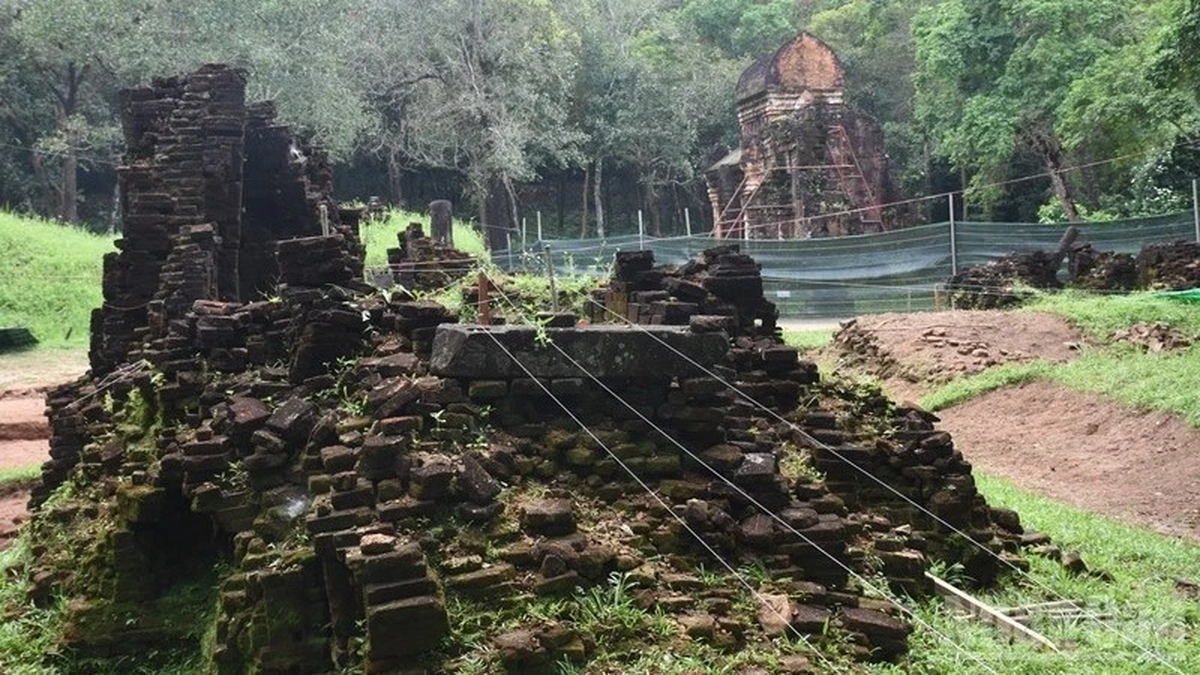
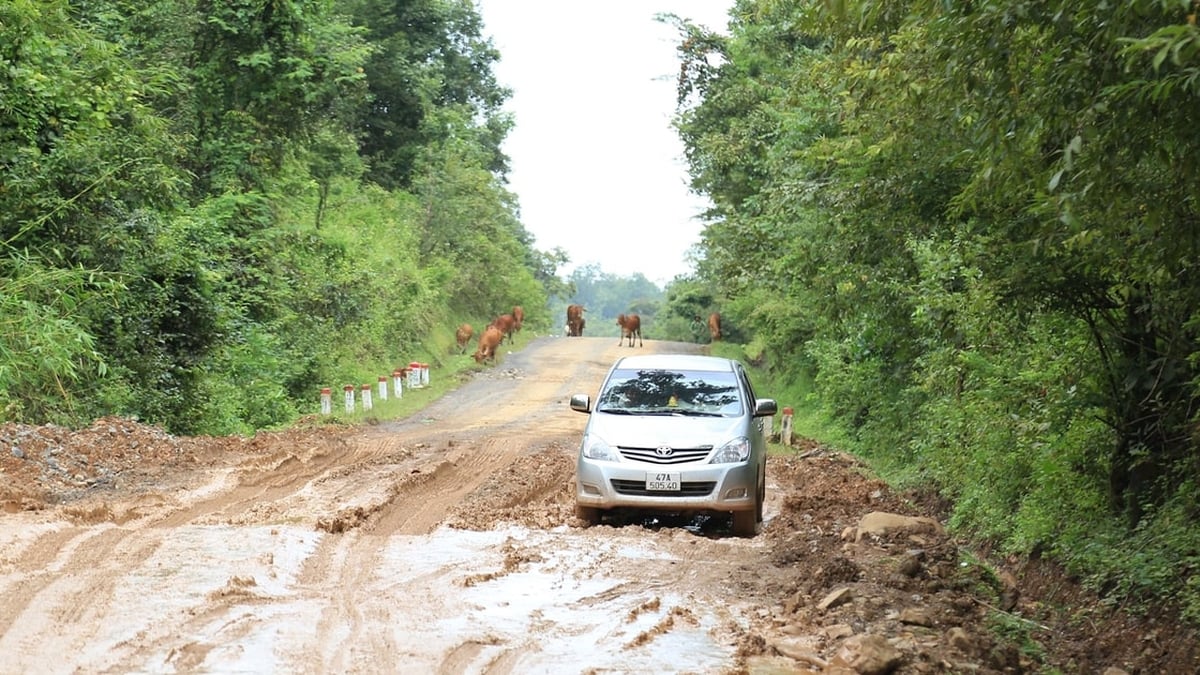
























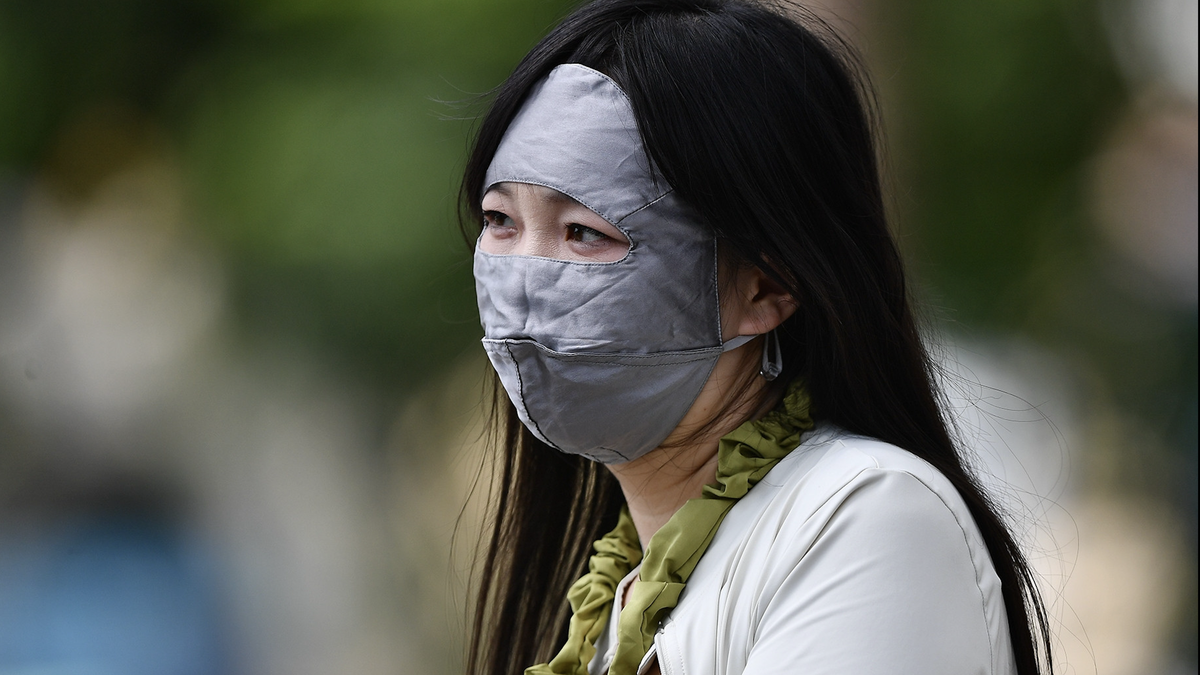




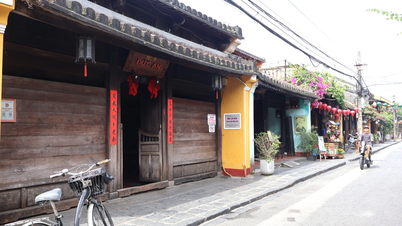

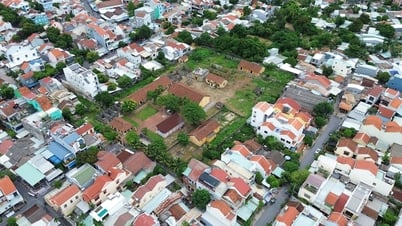





























































Comment (0)